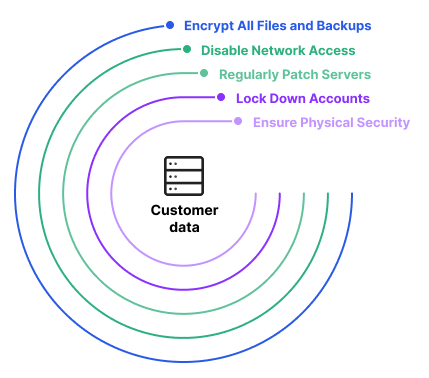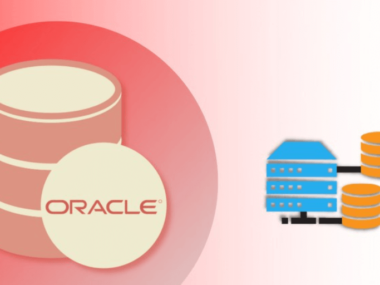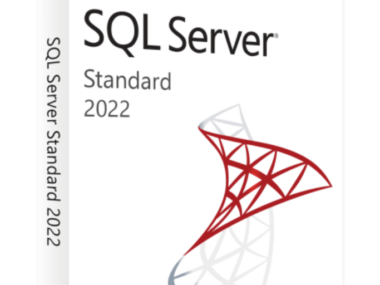Creating and configuring databases for web hosting typically involves using a database management system (DBMS). Examples include MySQL and PostgreSQL. The process requires setting up users. It also involves defining permissions and creating tables within the hosting control panel.
Also Read
Web hosting and database configuration form the backbone of dynamic websites. Data storage, retrieval, and management are crucial. Setting up a database begins with choosing the right DBMS. It should align with the hosting provider’s services and the project requirements.
Popular control panels like cPanel or Plesk offer user-friendly interfaces. They streamline this process. You must establish a secure, unique username and password. This will ensure database integrity and prevent unauthorized access.
Configuring databases involves determining the structure of tables. It also involves establishing relationships to efficiently store and query data. A properly set up database contributes significantly to website performance, security, and scalability. This enables businesses to handle data effectively and improve user experience.
Table of Contents
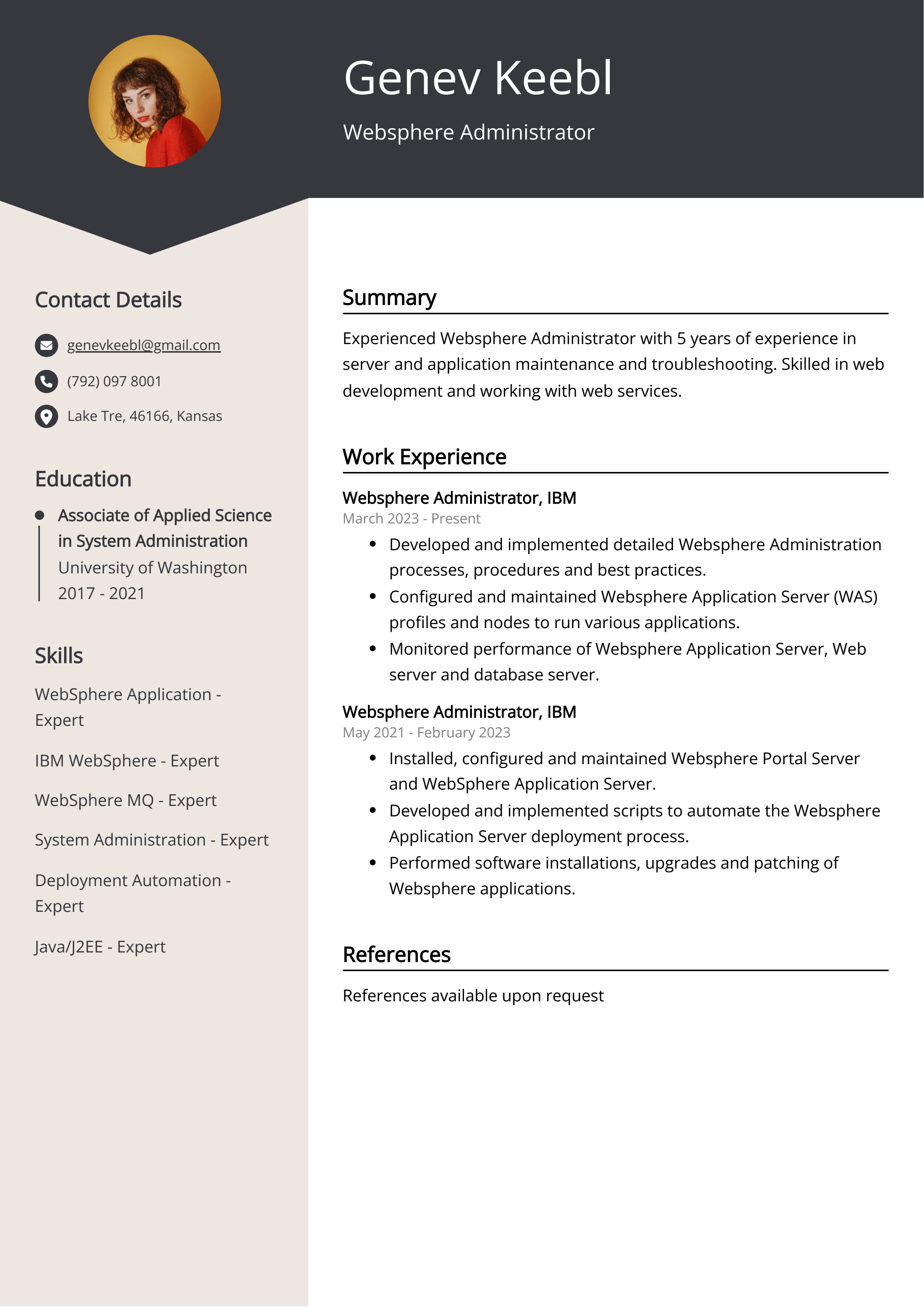
Credit: resumaker.ai
Introduction To Web Hosting And Databases
Think of web hosting like a home for your website.
It’s a space on the internet where your site lives.
Now, databases are vital.
They store everything your website needs to remember, like user info.
Importance Of Database Management
Good database management is a big deal.
It makes sure your site is fast and reliable.
It keeps user data safe.
It helps you avoid expensive mistakes.
Types Of Databases Used In Web Hosting
There are many kinds of databases.
Each one works best for different types of websites.
We will look at the most common types.
- MySQL: Great for web apps, used by WordPress.
- PostgreSQL: Good for large systems, very secure.
- MongoDB: Perfect for sites with lots of data changes.
- SQLite: Simple, good for smaller sites.
Choosing The Right Database For Your Project
When embarking on web development, one critical step is choosing the right database. This choice impacts data management, website performance, and overall user experience.
Analyzing Project Requirements
Before selecting a database, understand the project’s specific needs. This includes data volume, structure, and how users interact with the data.
- Data type: text, images, or videos?
- User load: few users or millions?
- Data relationships: simple or complex?
Comparing Sql Vs. Nosql
There are two main types of databases: SQL (Structured Query Language) and NoSQL (Not only SQL). Each has distinct features.
| SQL | NoSQL |
|---|---|
| Predefined schema | Dynamic schema |
| Complex queries | Scalable |
| ACID compliance | Flexible data models |
Scalability And Performance Considerations
Project growth requires databases that can scale smoothly. Performance is key for user satisfaction.
Evaluate databases on:
- Handling large amounts of data
- Read-write speeds
- Maintaining performance under load
Database Configuration Essentials
Database Configuration Essentials are fundamental for the smooth running of any web application. These configurations ensure that your data remains secure, accessible, and efficiently managed.
Understanding these essential settings helps maintain the performance and reliability of your website. Learn about user and permission setups. Learn how to manage connections and network settings. Find the right storage solutions.
Setting Up Users And Permissions
Every database requires controlled access. Proper user and permission management is critical for data protection.
- Create unique users: Assign specific roles and responsibilities.
- Assign permissions: Limit user actions based on their role.
- Update regularly: Review user access frequently to maintain database integrity.
GRANT SELECT, INSERT ON database_name. TO 'user'@'localhost';
Establishing Connections And Networking
Setting up secure and reliable connections is a must for database operations.
- Define IP allowances: Limit connections to trusted sources.
- Set up secure protocols: Use SSL to encrypt data in transit.
- Configure ports: Ensure database ports are correctly defined and protected.
Implementing Storage Solutions
Choosing the right storage solution is key for database performance.
| Storage Type | Use Case |
|---|---|
| HDD | High-capacity, cost-effective storage for large data sets. |
| SSD | Fast access for demanding applications. |
| Cloud Storage | Scalable and flexible data management. |
Choose the storage that matches your data usage and growth expectations.
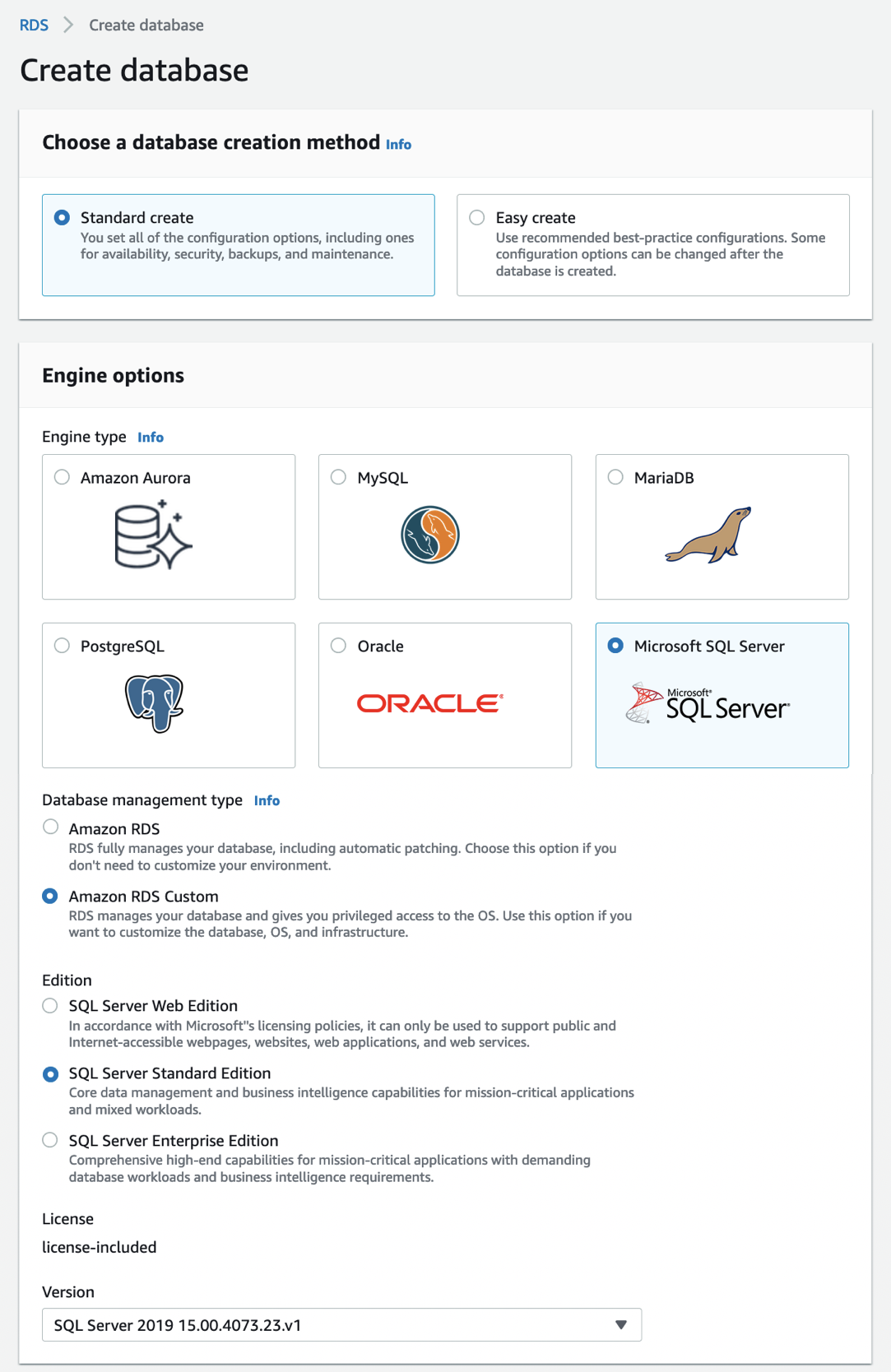
Credit: aws.amazon.com
Security Best Practices
When managing web hosting databases, security is key. Protecting data from threats is crucial. Follow best practices to keep information safe. Let’s dive into measures that can shield your database.
Data Encryption Techniques
Encryption keeps data private. It turns information into a secret code. Hackers can’t read it without a special key. Here’s how to use encryption:
- Encrypt sensitive data before saving.
- Use strong algorithms like AES or RSA.
- Manage keys carefully.
Regular Backups And Recovery Plans
Backups are safety nets for your data. They help you recover after problems. Stick to these steps:
- Backup data regularly.
- Store backups in different locations.
- Test recovery procedures often.
Preventing Sql Injection And Other Threats
SQL Injection is a serious risk. It allows attackers to sneak into your database. Stop them with these methods:
- Use prepared statements with parameterized queries.
- Sanitize user inputs.
- Limit database permissions.
Optimization And Maintenance
For any successful website, a well-oiled database plays a crucial role. Optimization and maintenance are two pillars. They ensure smooth performance and robust data handling. This section will guide you through routine cleanups.
It will also cover indexing strategies. It will also cover the importance of staying updated with patches. This will keep your web hosting database running like clockwork.
Routine Database Cleanups
Regular database cleanups prevent clutter and improve efficiency. It’s like tidying up your room so you can find things quickly. Periodic cleanups involve:
- Removing old or redundant data.
- Clearing out unused tables.
- Archiving records not frequently accessed.
- Purging unnecessary logs and backups.
Indexing For Improved Performance
Think of indexing like a library’s catalog system. It helps databases find information faster. Here’s how to do it:
- Analyze query patterns to identify frequently accessed data.
- Create indexes on columns used in searches and JOIN clauses.
- Monitor index performance and fine-tune as necessary.
Regular Updates And Patches
Keeping your database current with updates and patches is like staying healthy. It guards against vulnerabilities and bugs. You should:
- Apply security patches promptly.
- Upgrade to the latest database software version.
- Regularly back up before updates for safety.
- Test updates in a staging environment first.
Tools And Resources For Effective Management
Effective management of databases is crucial for any web hosting environment. The right tools and resources ensure your data stays secure. They also ensure your data remains accessible and managed throughout its lifecycle. Your best bet for handling data is a comprehensive toolkit.
It includes automated monitoring systems. It also includes sophisticated Database Management Systems (DBMS) and third-party optimization services. Let’s explore these essential elements for optimal database configuration and management.
Automated Monitoring
Keeping tabs on database performance is a non-negotiable aspect of database management. Automated monitoring tools can help you:
- Track performance metrics in real-time
- Identify potential issues before they amplify
- Optimize resources based on usage patterns
Database Management Systems (DBMS)
DBMS are at the heart of effective database management. They allow users to:
- Create and manage databases with ease
- Control access to ensure data security
- Implement backups for data recovery scenarios
Third-party Optimization Services
Enhance your database’s performance with third-party optimization services. These services provide:
| Service | Benefit |
|---|---|
| Performance tuning | Maximize efficiency and speed |
| Query optimization | Reduce processing time and resource use |
| Index management | Improve data retrieval times |
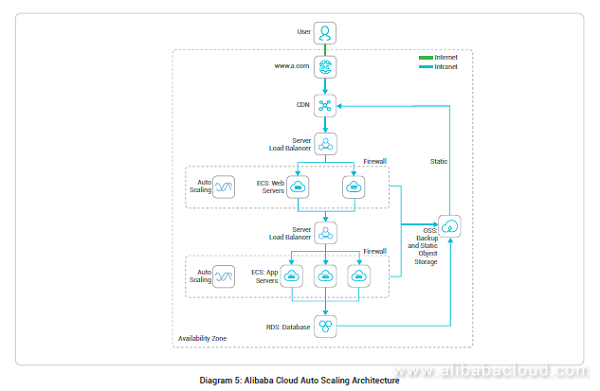
Credit: www.alibabacloud.com
Frequently Asked Questions of Creating and Configuring Databases for Web Hosting?
How Do I Create A Database For Hosting?
To create a database for hosting, access your hosting control panel. Navigate to the database section and select ‘Create Database’. Enter the desired name and create a user with permissions, then click ‘Create’ or ‘OK’ to complete.
What Is Database In Web Hosting?
A database in web hosting is a storage system that manages data for websites. It supports content management, user information, and website functionality.
How To Create Web Database?
To create a web database, choose a database software like MySQL or PostgreSQL. Install the software on your server. Use a language like PHP or Python to develop a front-end interface. Lastly, ensure users can interact with the database through forms or applications.
How Do You Integrate A Database Into A Website?
To integrate a database into a website, choose a database system like MySQL. Use a server-side scripting language, such as PHP, to establish a connection. Use your chosen language to create and connect to the database. Then, build queries to insert, update, and retrieve data from the website.
Conclusion of Creating And Configuring Databases for Web Hosting
Setting up databases is a crucial step for successful web hosting. It streamlines data management and enhances website functionality. Remember, choose the right database system and configure it with security in mind. With these steps, your website is poised for optimal performance and scalability.
Embrace the process and watch your digital presence thrive.
